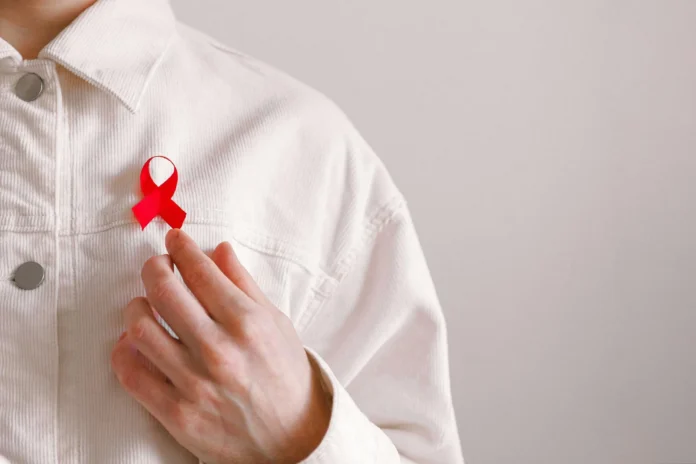For millions living with HIV, the prospect of a cure has long been a distant dream. But a recent breakthrough by researchers in Ontario has ignited a spark of hope. Their innovative therapy shows promise in flushing out the hidden reservoir of HIV, paving the way for a potential cure.
Around 95% of people with HIV have chronic HIV, meaning the virus establishes a persistent presence within their bodies despite treatment. While current antiretroviral therapy (ART) effectively manages the virus, it doesn’t get rid of the virus.
The silent threat
As Dr. Eric Arts, a professor at the Schulich School of Medicine and Dentistry at The University of Western Ontario (UWO) and Canada Research Chair, explains to Global News, “There’s this small amount of HIV that hides itself in their body, and when you take off the drugs that virus can rebound.”
This chronic state allows HIV to slowly erode the immune system, potentially leading to Acquired Immunodeficiency Syndrome (AIDS) if left untreated.
The current treatment regimen, while life-saving, comes with limitations. Many patients experience side effects, and strict adherence to a daily cocktail of medications is crucial. More importantly, ART cannot eliminate the hidden reservoir of HIV that resides within immune cells. These viral pockets remain dormant, shielded from the drugs and the immune system’s attack.
This is where the groundbreaking research from UWO comes in, published recently in Emerging Microbes & Infections.
The group developed a therapeutic candidate called HLP (HIV-like particle). Unlike traditional medications, HLP targets the hidden reservoir itself. By interacting with these infected immune cells, HLP persuades the dormant virus to emerge from its hiding place. This makes the previously invisible HIV vulnerable to the body’s natural defenses, allowing the immune system to destroy it.
Early signs are promising
Initial tests using blood samples from people with chronic HIV have yielded exciting results. The HLP treatment successfully triggered the release of hidden HIV from these cells.
Ryan Ho, a master’s student at UWO and co-first author of the research, said to Global, “One other thing we’re looking for is if our HLP, after we apply it to the immune cells, can we detect the HIV virus releasing from these immune cells by measuring the DNA output? That’s something we were able to show.”
The team highlights that HLP is significantly more effective than previous attempts to target the hidden reservoir. In fact, they estimate it to be 100 times more potent, offering a potentially revolutionary approach to HIV treatment.
Arts states, “It’s very targeted, and we found out that it’s about 100-fold more effective than anything that has been tested before.”
While these early findings are encouraging, there’s still work to be done. The next stage involves rigorous human clinical trials to confirm the safety and efficacy of HLP in a broader patient population. Additionally, the current study focused on a specific subtype of HIV. Work now needs to investigate HLP’s effectiveness against other prevalent strains to ensure its widespread applicability.
This research signifies a significant turning point in the fight against HIV/AIDS. The potential for a cure offers a brighter future for millions living with the virus. With continued research and unwavering commitment to prevention efforts, a future free from HIV/AIDS may finally be within reach.








































